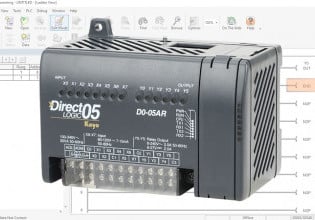S
hi everyone,
can anyone send me the wire marking philosophy for termination of instrument cables at instrument side, junction boxes, panels side.
thanx
can anyone send me the wire marking philosophy for termination of instrument cables at instrument side, junction boxes, panels side.
thanx






